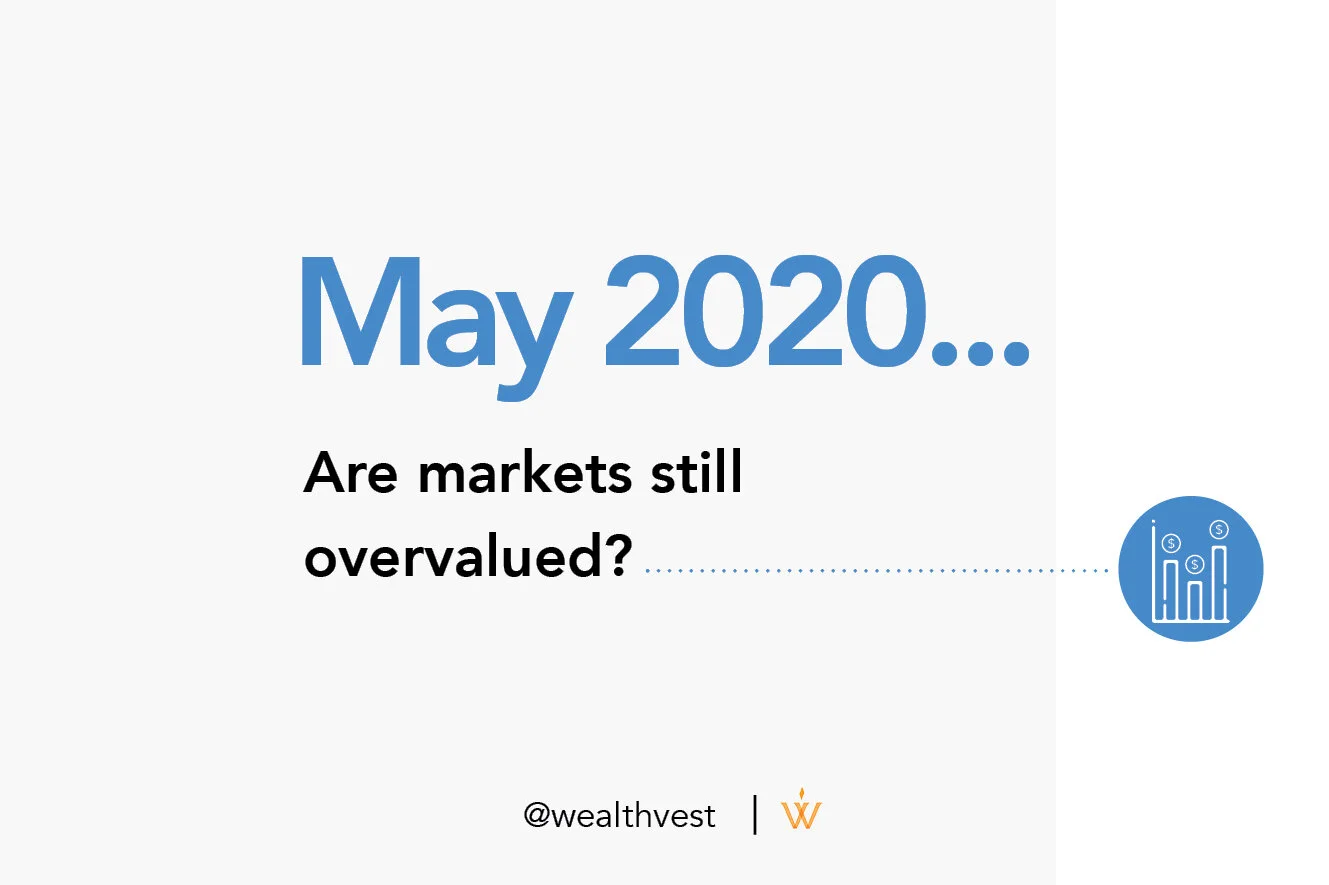TECHNICALS VS FUNDAMENTALS
With the Covid-19’s stock market sell off in March, and subsequent rebound over the last few weeks, it is important to look at the metrics that might define the bottom of a market. Timing the bottom of a market correction is an exercise in futility, but it is important to understand some of the fundamental and technical metrics that can help investors contextualize the price of the market.
From a fundamental standpoint the stock market has been a historic outlier for a while. Many fundamental stock market valuations such as the Shiller P/E show that the market is still overvalued from its historic means. As of April 22nd, the Shiller PE is 26.21* versus its historic mean of 16.70. Likewise, the current S&P 500 PE ratio stands at 20.07 against its historic mean of 15.78.
If we are to look at the PEG** ratio (the price/earnings to growth) those numbers are considerably overvalued as well.
What if we look at broader macro-economic fundamentals? Market Cap/ GNP (also known as the Buffet indicator due to Warren Buffet’s proclivity towards it) remains incredibly frothy. As of April 23, 2020*** the ratio stood at 129.5%. To put that in context a ratio of 70% to 90% is considered fairly valued.
What about a technical standpoint?
We still see quite a bit of movement from that front. On April 21st the S&P 500 hit resistance on its 500 day moving average causing stocks to slide. We have also seen a fair amount of volatility in the oil markets and that has caused the broad market indices to slide.
The purpose of this article is not to demonstrate that we have not hit market bottom. Rather, evaluating stock market prices has become increasingly complicated in recent years. Since 2013 until recently, the market has been characterized by significant growth, with declining bond yields. Bond yields have been hitting historic lows, whereas equities, while experiencing a recent sell off, have remained expensive considering their historic averages.
* https://www.multpl.com/shiller-pe

